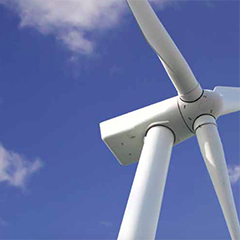The Commission Communication “Renewable Energy: a major player in the European energy market” clearly states the objectives for European energy policy: combating climate change, limiting the EU’s vulnerability to imported hydrocarbons, and promoting growth and jobs. But are we on target? We take a look at the EU’s final progress report.
The Energy Roadmap 2050 (EC 2011) reaffirms the strong role of renewable energy sources on the way to a low carbon European energy sector by 2050. “Regardless of scenario choice, the biggest share of energy supply in 2050 will come from renewable energy. Strong growth in renewables is the so-called ‘no regrets’ option. However, despite the strong framework to 2020, the Roadmap suggests that growth of renewable energy will drop after 2020 without further intervention due to their higher costs and barriers compared to fossil fuels. Early policy clarity on the post 2020 regime will generate real benefits for investors in industry and infrastructure as well as for renewable energy investors directly.”
The European Energy Security Strategy (EC 2014), launched by the Commission in light of the Ukraine crisis, highlights the use of renewable energy sources as one way to increase energy production in the EU. “There is a significant cost-effective potential for renewable electricity and renewable heating to further reduce natural gas use in a number of sectors by the end of this decade. […] With technology cost reductions, many renewable energy sources are increasingly competitive and ready to join the market.”



























